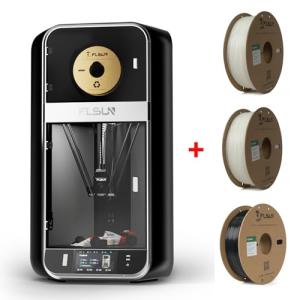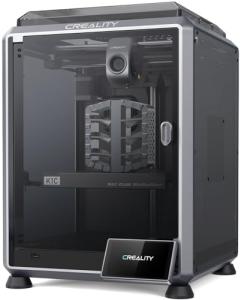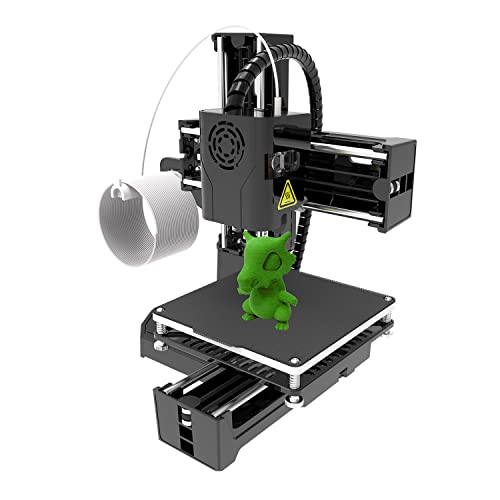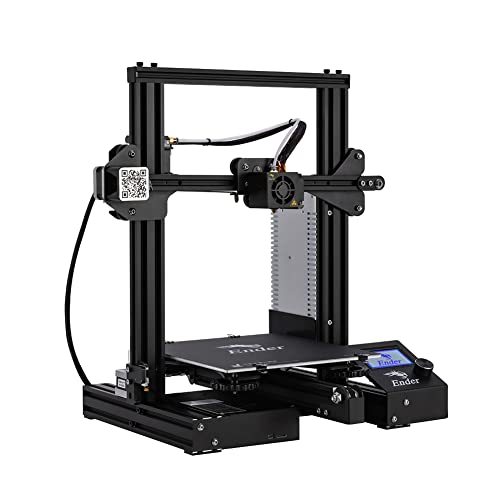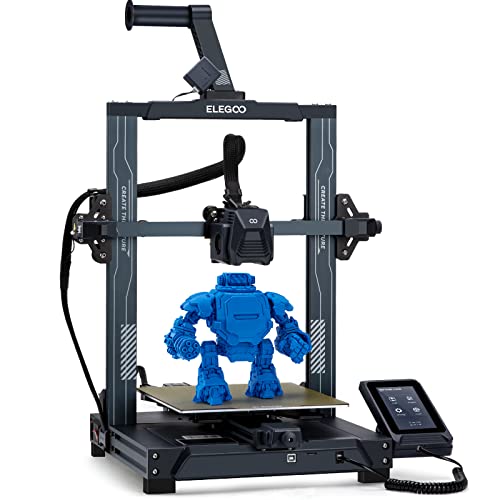When diving into 3D printer specifications, size is one of the first things you'll want to figure out. The build volume, which is the space where your prints happen, really matters. If you're just printing small figurines or prototypes, you might not need a huge machine. But if you're aiming for something like custom parts or bigger models, you’ll want a printer with a larger build area.
Another aspect to consider is the overall dimensions of the printer itself. Make sure you have enough room for it! Think about where you'll place it and whether you need to move it around. Some models can be quite bulky, so measure your space ahead of time. It’s not fun to get a new printer only to find out it doesn’t fit in your workspace.
Don’t forget to check the printer's weight too. Heavier printers tend to feel more stable, which can be important for quality prints. If you plan to transport your printer to different locations, a lighter model might be a better fit. Balancing build volume and overall weight is key here.
Lastly, look at your future projects. If you're planning on experimenting with larger prints down the line, consider investing in a printer that gives you that flexibility. It’s worth thinking long-term so you won’t find yourself limited later on. Understanding these details in 3D printer specifications will help you choose the perfect printer for your needs.
Types of Printing Technologies Explained
When diving into the world of 3D printing, it’s key to understand the different types of printing technologies, as this will help clarify those 3D Printer Specifications you’ll often come across. Let’s break them down in an easy way.
FDM, or Fused Deposition Modeling, is the most popular 3D printing technology out there. It works by melting plastic filament and extruding it layer by layer to build your model. This method is budget-friendly and great for beginners. If you see specs mentioning FDM, you can expect reliability and a user-friendly experience.
Then there’s SLA, or Stereolithography. This tech uses a laser to cure liquid resin into a solid. It’s perfect for producing highly detailed models, so if you’re looking for precision in your prints, keep an eye on those 3D Printer Specifications that highlight SLA. The downside? It can be a bit more expensive and the post-processing can be tricky, but the results are often worth it.
Another option is SLS, or Selective Laser Sintering. This method uses a laser to fuse powdered material, which results in strong and durable prints. If your projects require strength and you’re into industrial-grade prints, SLS might be your go-to. Keep in mind, though, it usually comes with a higher price tag and will likely need professional handling.
Understanding these technologies will make those 3D Printer Specifications way easier to grasp. Think about your needs and what you plan to create. Choosing the right technology means you can make the most of your 3D printing journey!
FLSUN S1 Pro Delta 3D Printer Bundle
Get everything you need to start printing your ideas with ease and precision
Product information
Product Review Score
4.15 out of 5 stars
145 reviewsProduct links
Key Features That Affect Performance
When you're diving into 3D printer specifications, it's super important to know which features really impact performance. Some features can make or break your printing experience, so let's break it down!
First up is the build volume. This is the space where your 3D printer can create objects. If you’re planning to print larger items, look for a printer with a bigger build volume. But if you’re just doing small models, you can save money by going smaller. It’s all about matching your needs!
The layer height is another key spec. This determines how detailed your prints can be. A lower layer height means finer detail but takes longer to print. If you want something quick and decent, a medium layer height might do the trick. Think about what you’re printing and how much detail you really need.
Don't forget about the printing speed. This one can vary a lot between models. A faster printer saves time, but make sure it doesn’t compromise quality. You want a good balance here, so check reviews to see how different printers handle speed without sacrificing the final product.
Finally, consider the extruder type. Some printers come with a single extruder, while others have dual. Dual extruders let you print with two materials or colors, which can add a cool edge to your projects. Think about what you plan to create and choose accordingly. Understanding these 3D printer specifications will help you make the right choice for your printing journey!
Creality K1C High-Speed 3D Printer with AI Camera
Experience lightning-fast printing and smart monitoring with the Creality K1C, making your 3D projects easier than ever
Product information
$599.00 $499.00
Product Review Score
4.17 out of 5 stars
118 reviewsProduct links
Decoding Print Resolution and Quality
When diving into the world of 3D printing, print resolution and quality often steal the spotlight. You’ve probably heard a lot about these terms, but what do they really mean for you and your projects? Let’s break it down in simple terms.
Print resolution is all about how detailed your printed object will be. It’s usually measured in microns, which are super tiny units. The smaller the micron number, the finer the details your printer can achieve. A 100-micron print will look smoother and sharper than one at 200 microns. If you're creating intricate designs or small models, aiming for a lower micron count might be the way to go.
Quality doesn’t just stop at resolution. The type of filament you use can play a big role too. Different materials have varying characteristics that affect not just how your models look but how strong they are. For instance, PLA is great for beginners due to its ease of use, but ABS might offer better durability for functional parts. So, knowing your materials helps in understanding 3D printer specifications.
Another key factor is print speed, and it’s closely tied to print quality. Printing too fast might save time, but it can lead to rough surfaces and imprecise details. Taking the time to balance speed and quality can make a huge difference in the final product. It’s all about finding that sweet spot that matches your project needs.
Lastly, don’t underestimate your printer's setup. Things like bed leveling and temperature settings can impact your print's outcome. A well-calibrated machine can work wonders, delivering exactly what you envisioned. Paying attention to these aspects of 3D printer specifications will definitely enhance your printing game!
